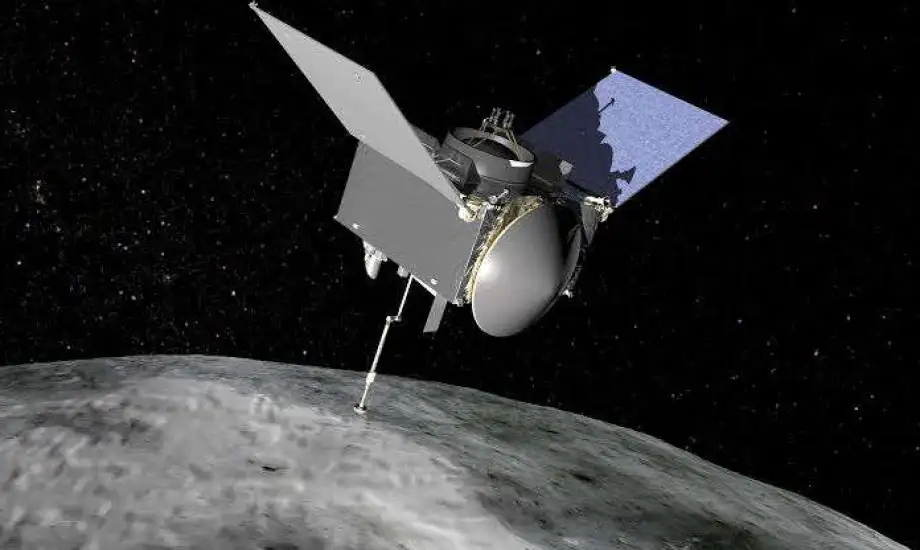The Osiris-Rex spacecraft, a project by NASA, is on the verge of successfully completing its mission by transporting a valuable collection of dust and debris from the asteroid Bennu to the Utah desert in the United States over the next weekend. The conclusion of this significant occurrence symbolises the culmination of a voyage that begun almost seven years ago when Osiris-Rex initiated its mission from Cape Canaveral, Florida.
The culmination of this remarkable expedition is anticipated to occur on Sunday, when the spacecraft makes preparations to deploy a capsule housing the very precious sample obtained from the asteroid. This capsule will be guided by a heat shield as it experiences a vigorous drop through Earth’s atmosphere, ultimately descending with the aid of parachutes to its designated location in the Utah Test and Training Range in Dugway, Utah. It is important to note that this range is under the jurisdiction of the United States military.
In the year 2020, the Osiris-Rex spacecraft, which is about the size of a van, successfully performed a manoeuvre known as a “touch-and-go.” This manoeuvre included making contact with the space rock named Bennu, analogous to a cosmic chest bump, and skillfully collecting a little amount of material weighing a few ounces. Bennu, an extensive celestial body, may be described as a conglomeration of fragmented material that is bound together by the force of its inherent gravitational attraction. The Osiris-Rex spacecraft maintained its proximity to the celestial body known as Bennu until the year 2021, at which point it started its subsequent two-year voyage back to our planet.
The mission controllers have meticulously made preparations for the return of the capsule over a span of many months. On September 10th, NASA officially verified that the spacecraft executed a momentary activation of its engines in order to make a trajectory adjustment towards Earth. The little adjustment in trajectory serves to position the Osiris-Rex spacecraft in preparation for the planned release of the capsule. This event is expected to take place off the coast of California at 7:42 a.m. Pacific Time. After an approximate duration of 13 minutes, the capsule will make a controlled descent and land in a pre-determined region located southwest of Salt Lake City. The designated landing location spans about 36 miles in length and 8.5 miles in width.
Throughout its intense fall, the capsule will experience extreme temperatures but will be protected by its robust heat shield. In order to guarantee a safe retrieval, the progress of the recovery will be monitored using thermal imaging technology, and the retrieval crews will be promptly deployed by helicopter to collect the capsule. The prompt reaction is intended to mitigate the risk of possible contamination originating from the terrestrial environment.
The Osiris-Rex mission represents NASA’s groundbreaking endeavour in this field, after the prior initiatives of Japan’s space agency which sent two spacecraft, Hayabusa and Hayabusa 2, to undertake comparable missions of acquiring and transporting samples from the asteroids Itokawa and Ryugu, respectively.
After its successful arrival, the sample of the asteroid will be carried to Johnson Space Centre located in Houston, where it will undergo an initial phase of study. The results will be disclosed during a news conference that will be broadcasted live on October 11. It is anticipated that this distinctive specimen will offer scientists significant knowledge regarding the initial phases of the solar system’s development, encompassing the origin of the sun and planets around 4.5 billion years ago.
